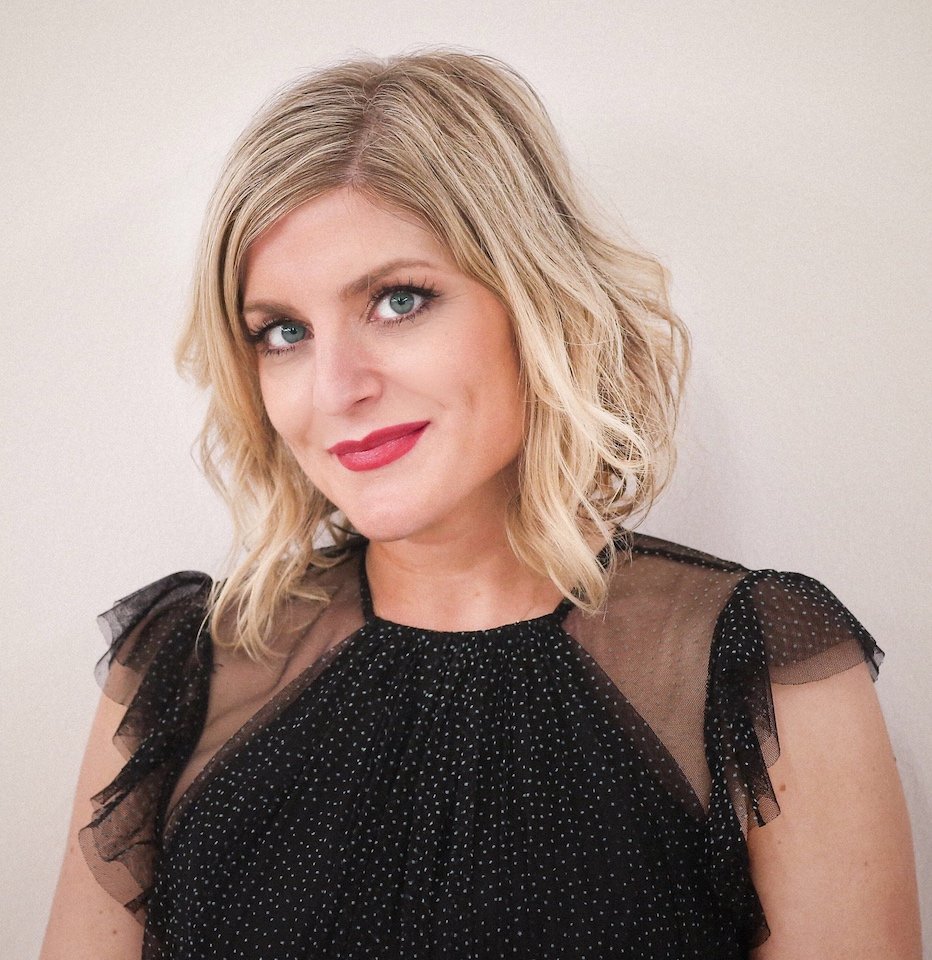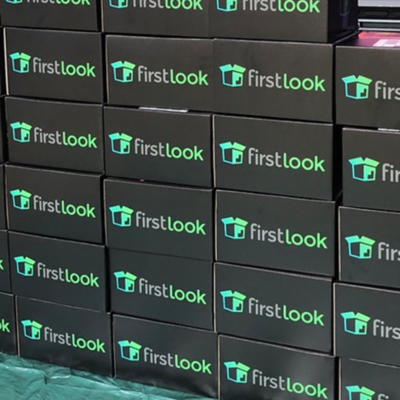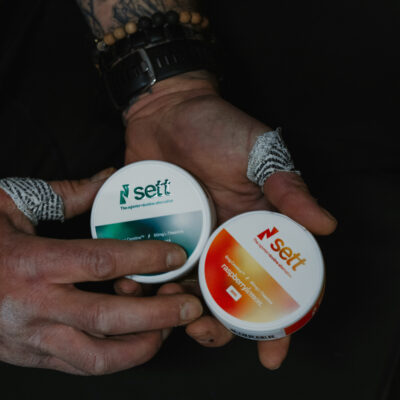
How A Kind Snacks Veteran Now At Camino Partners Looks At The Longevity Opportunity
An early mover in the better-for-you snacks category, Kind Snacks is now a standard bearer of a successful consumer packaged goods brand trajectory. Daniel Lubetzky founded the company in 2004, and Mars bought a majority stake in it in 2017 at a $4 billion valuation before acquiring it three years later in a $5 billion deal.
With a lucrative exit under his belt, Lubetzky has taken his knowledge of how to scale a consumer company to Camino Partners, an investment firm focused on health and wellness with haircare brand Prose, seaweed snack brand Gimme, fitness company Barry’s, home healthcare provider LiveWell, med-spa business aggregator Well Labs+ and Mediterranean eatery chain Cava in its portfolio. In Camino’s purview, longevity has become the buzziest of buzzy sectors, and the firm is intent on separating the wheat from the chaff in it.
Beauty Independent spoke to president Elle Lanning, who spent over a decade at Kind, where she was EVP of corporate development and chief of staff, prior to leading the firm’s investment practice, about the companies Camino is homing in on and what longevity means to her.
Camino‘s latest investments are service providers, though its portfolio companies are across CPG categories. What kind of companies is the firm most interested in going forward?
It’s from a standpoint of true consumer solutions, which can actualize in products or services. The common thread for us in evaluating a product versus a service in this well-being longevity space goes back to that solution point. The endurance of an offering comes in providing true and lasting efficacious results.
That’s largely born from our experience building and scaling Kind, which met a gap in the market and hit a solution point for the consumer that wasn’t out there. That was how we were able to compound that business over a decade-plus. Once you give a consumer something that is working and that isn’t otherwise as readily available in the market, you keep them, and you have a really strong business where your leaky bucket effect is minimized. We are agnostic to the delivery type. What we’re not agnostic about is what we look at in our underwriting is staying power, which we think is delivered through efficacious results.
Especially as we’re in a time where consumer confidence is low, we expect that you’ll start to see an impact on spending. We play into discretionary spending spaces. We want to be partnering with things that are the last to cut and first to add back, which are going to be things that really deliver something for you. Retention of consumers is usually a pretty strong indicator of that. If you have a lot of churn, there typically is a reason, it’s not answering something for me anymore.
What are Camino’s check sizes, and what size company does it target for investment?
We aim to be concentrated in our approach, but we do have flexibility. The range of equity check size is $20 million to $80 million. I know that’s a broad target, but it’s intentionally broad.
In terms of size and scale of company, what leads our interest in partnering and likelihood to invest is what we foresee as their growth opportunity and white space. We have to have enough information to be able to really paint that picture, and typically we can see those proof points when a company is around $20 million in revenue that gives us enough to understand what is their customer repeat rate, how can we think about that over time? What is their ability to, as they’re retaining those customers, bring in new, and what does that look like into the [future]?
We love to interact with companies before that stage to be helpful and stay in touch as they scale, but our ability to really piece together what we think that business’s potential will be comes around that $20 million in revenue threshold. That said, we look at a lot of things that are post that. One of our most successful investments to date is Cava. That company was tipping toward $100 million in revenue at the time we invested. We saw it could go far greater than a number of opportunities we’d looked at before.
“We’re in the very lucky position to not have to make a good opportunity look great.”
How does Camino define longevity?
The way we think about it is the options we have available that we believe will expand our health span, not just this pursuit of living longer, but having your quality of life move with that duration. Where we see consumers really thinking about it is where we started with Kind. The relationship between eating and your health was probably one of the first that the consumer was getting more information, education and options on.
The food industry, especially in the United States, still has a long way to go there, but that was one of the first frontiers of, how do I make choices that personally affect and impact my health now? You’re starting to see that in a more multifactorial way. How do I eat better? How do I exercise better? How do I sleep better? How do I look and feel better over the expanded time I hope to spend on this earth?
Another space is, how do I know more about my health? We’re seeing a lot of these monitoring and biomarker testing technologies. All those things are becoming the individual’s dashboard for, if my goal is to be here longer and have quality of life as I am here longer, how am I looking at those set of options and having the best options in those areas?
Is Camino prioritizing companies tapping into the healthcare system or HSA/FSA funds?
I would bucket that as a consideration, not a driver of our investment decisions. The way I think about HSA and FSA is it takes a bit of the consumer spending friction out of it. It, in my mind, weights the decision differently. I definitely think it’s an advantage of any company that we’re partnered with that can qualify for those spending programs, I don’t see a downside to it.
If you look at our portfolio companies, we have one in LiveWell where we’ve moved out of the consumer discretionary spending space. Our No. 1 payer is the government in that space and that’s an aggregated home healthcare platform. What drew us to that, because normally we would never be a price taker, you want to be a price setter, was the immense need there.
When you look at the demand wave that is coming in our aging population and the supply of quality care outside of the hospital setting, it’s completely imbalanced. Moving out of the hospital setting and into the home is better for patient outcomes [and] represents a huge decrease in cost of care for the government.
We are open in our partnering to multiple payer types that have different complexities to think through.

Do you target a certain number of investments per year?
We’re not a traditional fund structure. We are a privately held investment platform. That puts our team in the position where we don’t have to deploy capital. We want to deploy it for opportunities we have high conviction in. That means we could have a year where we do no deals.
When we started Camino and building this direct investment engine, it was in 2022 at a time in the market where things were slow and good assets that needed capital weren’t going to poke their heads up. They were going to see it through that market cycle. Our first two years were more paced—and for good reason. We had no pressure to get dollars out the door. I say to our team, “We’re in the very lucky position to not have to make a good opportunity look great and to just get ourselves in front of great opportunities.”
What else do you think is important?
Camino has a really unique space in the sense that we’ve driven a journey of immense scale ourselves, which has no rinse and repeat blueprint. We sit at a table with leadership teams and founders and try to uniquely understand their mission and vision, and how they think they’re going to go about accomplishing it. We try to build into that from a place of truly understanding.
That is why the name is Camino. It’s all about the journey, and we think every journey is unique. What I get most excited about is being able to be that partner to leaders of dynamic and meaningful businesses to consumers and their health outcomes.





Leave a Reply
You must be logged in to post a comment.